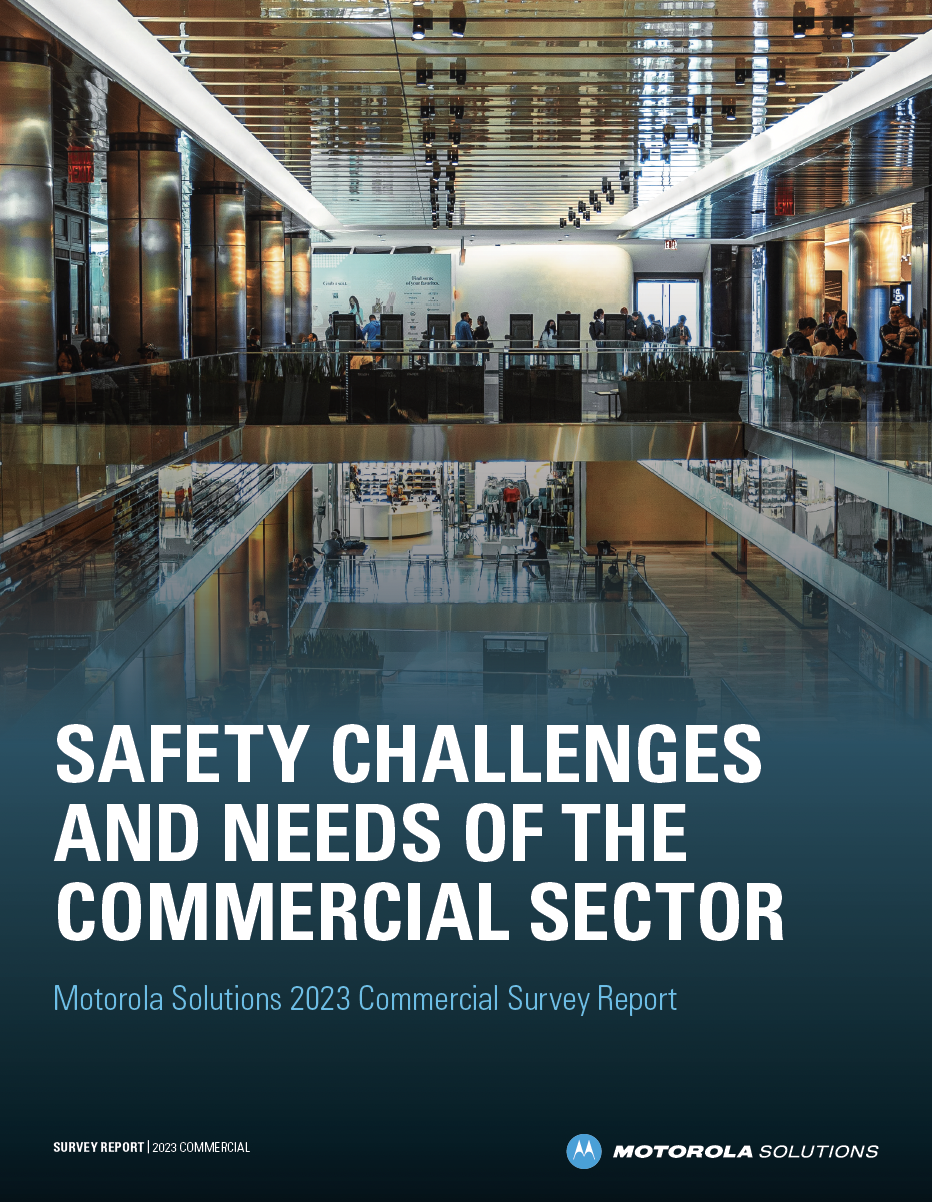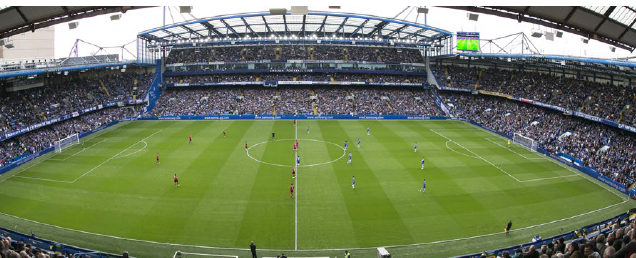2023 Workplace Safety Survey Report
With over 370 respondents from commercial organisations across Europe, the Middle East and Africa, the 2023 Motorola Solution Workplace Safety Survey gained insight from a diverse range of facilities.



With over 370 respondents from commercial organisations across Europe, the Middle East and Africa, the 2023 Motorola Solution Workplace Safety Survey gained insight from a diverse range of facilities.

Keeping team members connected is critical to today’s businesses. Now there is an integrated communications solution that allows workers to connect across any device, from any location, instantly.
Expand your communication capabilities and decrease the cost of redundant systems while seamlessly connecting your personnel across all networks and devices for greater guest satisfaction.
Responding rapidly to your guests' needs and attention to detail is what guests remember the most. Seamlessly connect your staff with next-generation communications.
Engineering and maintenance keep things running. If they can collaborate and respond to requests quickly, the better the experience for guests.
Two-way radios for instant communication
Communicate instantly with MOTOTRBO™ two-way radios for clear, robust communication to increase safety and efficiency.
WAVE PTX™ broadband push-to-talk for group communications
WAVE PTX™ keeps your teams connected by uniting different devices, on different networks across the one platform.
Body-worn cameras for personnel safety
Improve the safety of frontline and security workers should the unexpected happen by capturing events, sending alerts and actioning help in real-time.
Video management and access control for remote monitoring
Secure premises and keep staff and customers protected with video security, analytics and access control that keep you aware of everything that’s going on.
Managed and support services for peace of mind
With a choice of service packages to cover devices and infrastructure you not only protect your investment but ensure users are focused on their job, not the technology.
Explore how some of our customers are benefitting from Motorola Solutions hospitality security solutions.

Versailles needed a versatile communications solution that could offer multiple applications in real time, including the ability to locate and track personnel both indoors and across the vast grounds.
Read Case Study
This football stadium in Germany wanted a new system that was easy to install, easy to manage and could provide reliable, robust network coverage.
Read Case Study
New levels of staff productivity and efficient customer service driven by stylish and reliable communications.
Read Case StudyPlease wait...
Please wait...